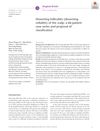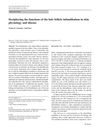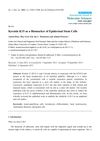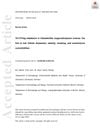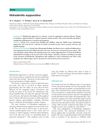Histologic Progression of Acne Inversa/Hidradenitis Suppurativa: Implications for Future Investigations and Therapeutic Intervention
January 2021
in “
Experimental dermatology
”
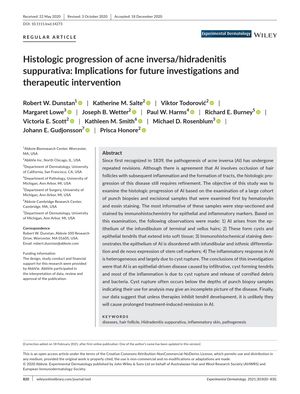
TLDR Acne inversa is an epithelial-driven disease where inflammation is caused by cyst rupture, and treatments should focus on preventing tendril growth for better results.
The study examined the histologic progression of acne inversa (AI) by analyzing punch biopsies and excisional samples with hematoxylin and eosin staining and immunohistochemistry. The findings indicated that AI originates from the infundibulum of hair follicles, forming cysts and epithelial tendrils that extend into soft tissue. The epithelium in AI shows disordered differentiation and expresses stem cell markers. The inflammation in AI is primarily due to cyst rupture, which releases debris and bacteria. The study concluded that AI is an epithelial-driven disease with inflammation caused by cyst rupture. It also suggested that therapies need to inhibit tendril development for prolonged remission, as current biopsy methods may not provide a complete understanding of the disease due to the depth at which cyst rupture occurs.
